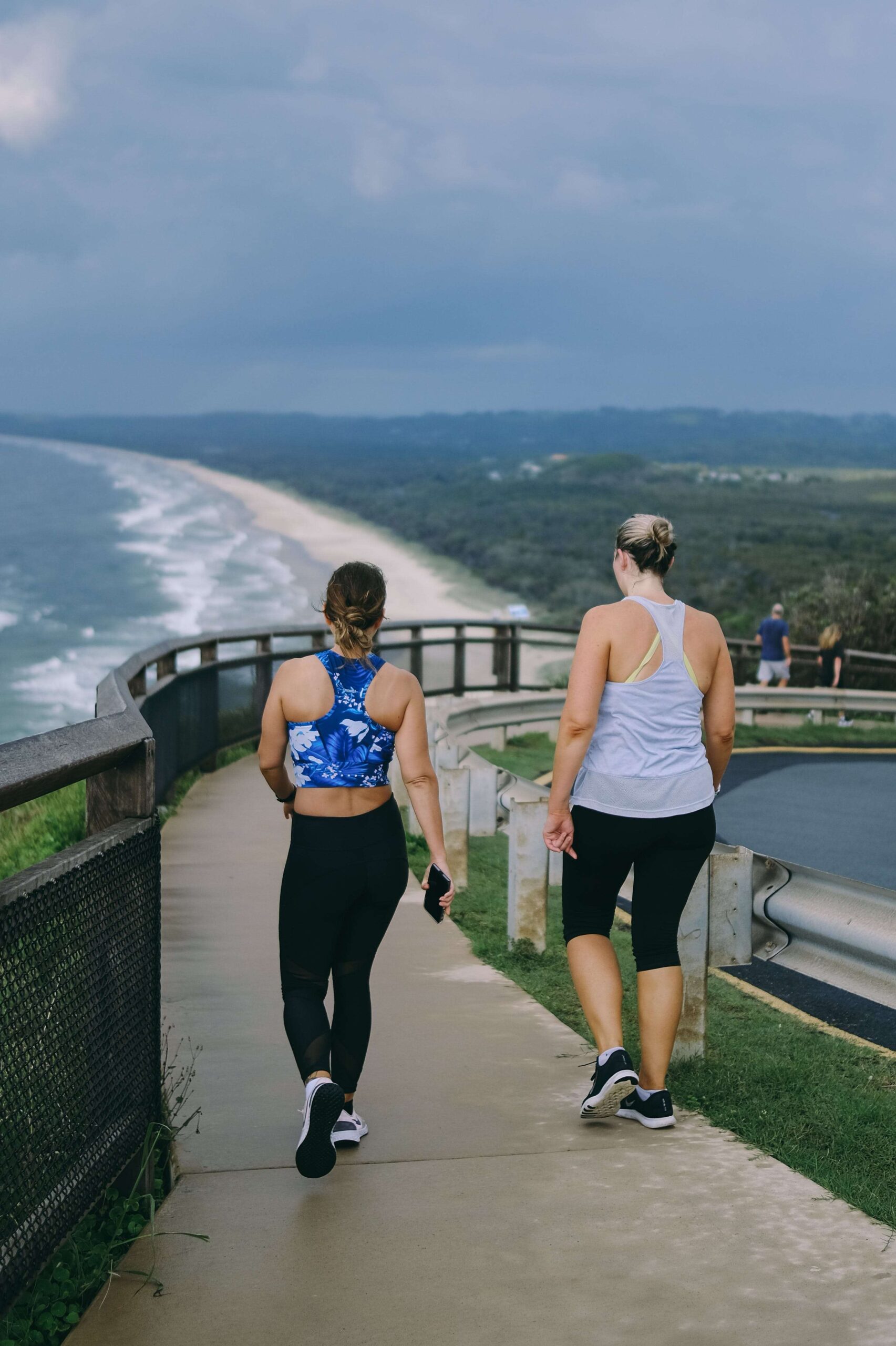Backward Walking
Backward Walking
Backward Walking
In order to build quadriceps strength and improve fitness without putting excessive stress on tentative or already painful knees, you might want to consider adding some backward travel to your training program. Try a few short bouts of walking backward up a gently inclined slope, on a slightly ramped treadmill, or jogging backward to test out how it feels.
Who Might Be a Candidate?
People who may benefit from backward-walking training include anyone who:
- Is undergoing post-surgical knee joint rehabilitation.
- Suffers from muscle strains of the hip, groin, hamstrings, or lower back
- Suffers from lower extremity injuries including sprained ankles, Achilles tears, or shin splints
- Has tried everything including ibuprofen, ice/heat treatments, complete time off from training, physical therapy, stretching, and more traditional strength training without sufficient results
- Is looking for a different stimulus or cross-training option
- Needs to be able to change directions rapidly and occasionally run backward in his or her sport (such as soccer, football, basketball, rugby, or lacrosse)


What Are Some of the Benefits?
According to an article in the Penn State Sports Medicine Newsletter (1994), an athlete who can walk forward at a given pace that enables his heart rate to rise to 106 bpm will see it soar to 156 bpm while walking backward at the same pace. Running forward at a 10-minute mile pace may raise the heart rate to 151 bpm while running backward at the same speed raises it to 174 bpm. In football, a defensive back employing backward running can keep both the receiver and the quarterback in his field of vision.
Once the defensive back turns to run forward, he loses sight of one if not both of these players, placing him at a disadvantage since both the quarterback and the receiver know where the ball is supposed to go. Sports like soccer, basketball, lacrosse, and others where a ball travels from one end of a field or court to another and in which running is the mode of transportation are all enhanced by backward running.
Two professors at the University of Oregon, Barry Bates and Janet Dufek have studied the effects and benefits of backward walking and running on individuals since the 1980s. While forward and backward locomotion differs significantly, some of the benefits of occasional backward travel in training include:
- Reduced shear force on knees: Since the direction of knee joint shear force is reversed, backward walking may help anyone who experiences pain going up and down stairs or hills, or anyone who has pain when performing lunges or squats even with proper form
- Increased energy expenditure: Electromyographical (muscle) activity of the lower extremities appears to be greater in backward versus forward walking, which suggests that you can expend more energy in a shorter period of time, at a similar pace. Some of this difference is simply due to improved motor learning over the span of 2-5 weeks–not many of us walk backward so allow for some extra time to get used to it
- Valid training option for those with hamstring strain: Since the overall range of motion at the hip joint is reduced in backward walking (i.e. greater hip flexion and lesser extension), those athletes who are recovering from a strained or pulled hamstring, who lack flexibility in the hamstrings and lower back, or who need to return to hard sprinting sessions for their sport may benefit from a period of running backward before sprinting forward
- No eccentric loading of the knee joint
Backward walking, either on flat or inclined terrain, eliminates the eccentric component of training on the knee joint. The eccentric, or lengthening component (i.e. lowering phase of going down hills or stairs) is usually what causes hikers, trekkers, scramblers, and climbers the most problems with their knees. By removing that component in training, you allow the body to continue to train while increasing cardiovascular capacity and strength endurance simultaneously, but also letting the body heal from overuse or injury.
How to Start?
The simplest way to see if backward walking might work for you is to take 10 steps forward and 9 steps back (to return to start) and see if you experience discomfort in either direction. If you have no pain going backward, find a flat area clear of traffic and walk backward for 20-30 yards. Once you can do that 5-6 times, you can look for a slight elevation and walk backward up the hill.
Most of us who are relatively active can walk forward at a comfortable pace of 2.5-3.5 mph. To begin a backward walking endurance program, start by walking backward on a flat treadmill or track at a pace slightly reduced from your forward speed (perhaps 2-2.5 mph). This should raise your heart rate by 30-40 beats per minute over your resting rate. As you feel more comfortable (perhaps 2-4 weeks of consistent effort 2-3 times/week), gradually increase your speed to your forward pace. For increased challenge, increase the treadmill elevation, walk backward up a moderate hill, or jog backward.
CAUTION: Make sure when you walk or run backward that you check behind you regularly so you do not stumble over bikers, dogs, sticks, irregular pavement surfaces, or other items in your path that might cause you to fall!
Additional Ideas
For more training variety and benefits, you might try:
- backward elliptical training
- backward step mill or Stairmaster training
- backward jump rope
- backward step downs (see knee strength exercise for more)

Additional Resources
Arata, Alan W. Kinematic and Kinetic Evaluation of High-Speed Backward Running.
Bates, Barry & Dufek, Janet. Forward and Backward Locomotion: Understanding the Benefits.
Coleman, Gene, Houston Astros. Running Backward: More Effective for Burning Calories Than Running Forward.






